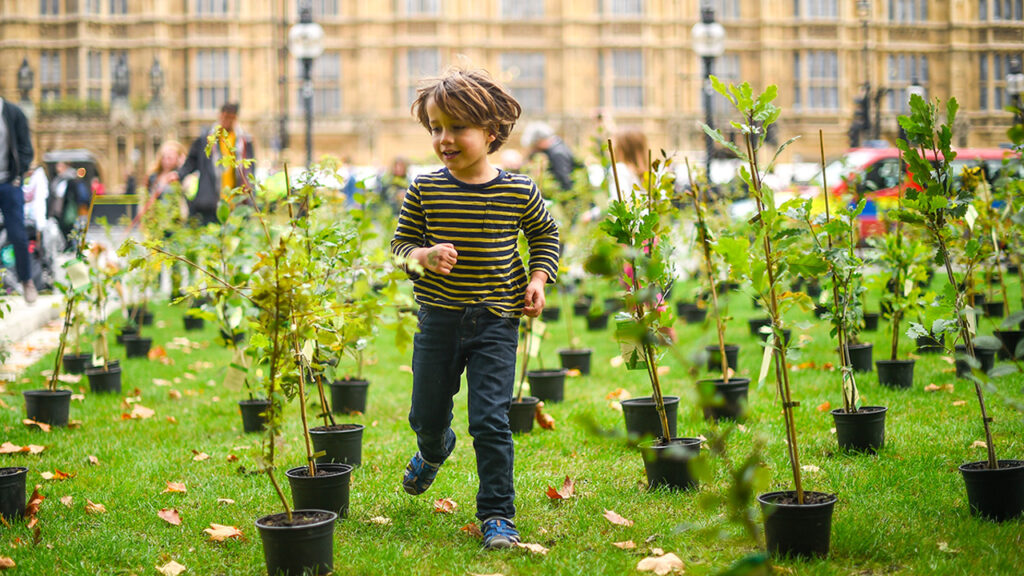
Achieving Sustainable Development: Prioritizing Education and Climate Resilience for All
Introduction:
Sustainable development aims to meet the needs of the present without compromising the ability of future generations to meet their own needs. Two key aspects of sustainable development are ensuring quality education for all and building climate resilience to protect communities and the environment. This essay will delve into the importance of prioritizing education and climate resilience, discuss the benefits they offer, examine the challenges faced in their implementation, and propose strategies to achieve sustainable development in these areas.
I. The Importance of Quality Education:
A. Empowering individuals and fostering human development
B. Reducing poverty and ensuring economic growth
C. Promoting gender equality and social inclusion
II. Ensuring Equal Access to Education:
A. Eliminating barriers to education, especially for marginalized communities
B. Investing in educational infrastructure and resources
C. Enhancing teacher training and support

III. Benefits of Quality Education:
A. Enhancing individual skills and knowledge
B. Driving innovation and economic competitiveness
C. Promoting sustainable development and global citizenship
IV. Challenges in Achieving Quality Education for All:
A. Inadequate funding and resource allocation
B. Educational disparities and inequality
C. Access and retention issues in remote and marginalized areas
D. Lack of trained teachers and low teacher morale
V. Strategies to Enhance Education for Sustainable Development:
A. Increased public investment in education
B. Targeted interventions for marginalized populations
C. Technology integration and digital literacy
D. Partnerships with the private sector and civil society organizations
E. Curriculum reform to incorporate sustainability and global citizenship
VI. Building Climate Resilience:
A. Understanding the impact of climate change on societies and ecosystems
B. Mitigating greenhouse gas emissions and promoting renewable energy
C. Adaptation strategies to strengthen resilience and protect communities
VII. Benefits of Climate Resilience:
A. Protecting vulnerable communities from the impacts of climate change
B. Preserving natural resources and biodiversity
C. Promoting sustainable and inclusive economic growth

VIII. Challenges in Building Climate Resilience:
A. Limited awareness and understanding of climate change issues
B. Insufficient funding and access to technology for adaptation measures
C. Need for multi-stakeholder collaboration and coordination
D. Balancing short-term economic development with long-term sustainability
IX. Strategies to Enhance Climate Resilience:
A. Strengthening climate education and awareness
B. Investing in climate-smart infrastructure and technology
C. Implementing nature-based solutions and ecosystem restoration
D. Enhancing early warning systems and disaster preparedness
E. Promoting community engagement and participatory approaches
X. Synergy between Education and Climate Resilience:
A. Integrating climate change education in the curriculum
B. Educating the youth as agents of change
C. Fostering sustainable practices and green initiatives within educational institutions
XI. Conclusion:
Prioritizing quality education and building climate resilience are essential components for achieving sustainable development. By ensuring equal access to education and enhancing climate resilience, societies can empower individuals, reduce poverty, and protect communities and the environment. However, there are challenges that need to be addressed, such as funding, inequality, and coordination. Through targeted strategies, collaboration, and advocacy, governments, organizations, and individuals can work together to create a sustainable future for all, where education is a catalyst for positive change and communities are resilient in the face of environmental challenges.
All Categories
- Agricultural Methods
- Agriculture and Women Small Farmers Rights Awareness
- Climate Change
- Disable and Human Rights
- Disable Jobs
- Donation
- Education
- Health Issues
- Organic Foods
- Organic Vegetables
- Orphans Children
- Plastic production and disposal
- Services
- Sinking in Scarcity
- Success Stories
- Uncategorized
- Waste Management
- Women Rights
- Youth Empowerment




